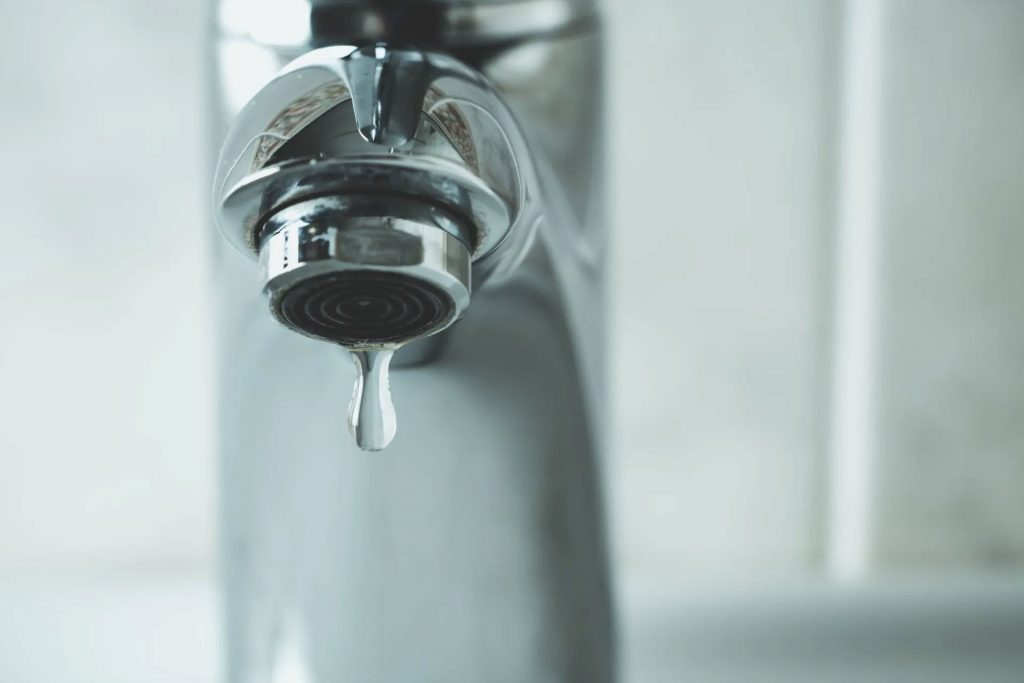Tested Tactics for Solving Low Water Pressure in Your Home
Tested Tactics for Solving Low Water Pressure in Your Home
Blog Article
Just about every person maintains his or her own theory with regards to 4 Ways to Troubleshoot Low Water Pressure.

Low tide pressure in your home can be an aggravating trouble, affecting everything from showering to washing meals. If you're experiencing weak water flow, there are numerous possible reasons and services to discover. In this overview, we'll review usual factors for low tide stress and functional actions to address the concern successfully.
Introduction to Low Tide Stress
Low water pressure takes place when the flow of water from your faucets, showers, and various other fixtures is weak than common. This can make day-to-day jobs a lot more difficult and less effective. Recognizing the causes of low water pressure is important to discovering the appropriate remedy.
Usual Sources Of Low Tide Pressure
Pipe Obstructions
In time, pipelines can become blocked with natural resource, debris, or debris, limiting the flow of water. This is an usual problem in older homes with galvanized steel pipes.
Corrosion
Corrosion within pipes can bring about leaks and minimized water pressure. Corrosion build-up can restrict water flow, particularly in maturing plumbing systems.
Faulty Stress Regulators
Pressure regulatory authorities are in charge of keeping constant water pressure in your home. If they malfunction, it can lead to low water pressure or irregular circulation throughout the house.
Metropolitan Water Issues
Often, the problem exists outside your home. Municipal water supply issues, such as main line leaks or upkeep job, can momentarily lower water stress in your location.
How to Identify Low Tide Pressure
Checking Taps and Components
Begin by evaluating the water pressure at various taps and fixtures throughout your home. If the concern is isolated to particular areas, it may show local issues.
Inspecting Pipes
Examine noticeable pipelines for signs of leakages, rust, or obstructions. Take note of any type of uncommon noises, such as banging or rattling pipelines, which could suggest concerns within the plumbing system.
Consulting with a Plumber
If you're incapable to identify the source of low tide stress, take into consideration hiring an expert plumber to conduct a complete inspection. They can recognize underlying concerns and suggest suitable options.
DIY Solutions to Repair Low Water Stress
Cleaning Up Aerators and Showerheads
Natural resources can gather in aerators and showerheads, decreasing water flow. Get rid of and cleanse these elements on a regular basis to enhance water pressure.
Flushing Water Heater
Debris buildup in the hot water heater can limit flow and minimize efficiency. Flushing the storage tank occasionally assists eliminate debris and keep ideal performance.
Inspecting Stress Regulatory Authority
Ensure that the pressure regulator is functioning appropriately. Changing or replacing the regulatory authority can assist restore appropriate water pressure throughout your home.
Cleaning Clogs in Pipes
For small clogs, attempt making use of a plumbing snake or chemical drainpipe cleaner to clear obstructions in pipes. Beware when making use of chemicals and adhere to safety and security standards.
When to Call a Specialist Plumber
If do it yourself initiatives fail to settle the problem or if you suspect substantial plumbing problems, it's finest to look for support from a qualified plumber. They have the proficiency and devices to address intricate issues securely and efficiently.
Preventive Measures to Maintain Water Stress
Normal Upkeep
Schedule routine maintenance for your plumbing system to stop issues such as rust, leaks, and obstructions. Attending to minor troubles early can aid prevent more significant repair services later on.
Mounting a Pressure Booster
Take into consideration mounting a stress booster pump to enhance water pressure in areas with regularly reduced circulation. This can be specifically advantageous for multi-story homes or residential or commercial properties with high-demand components.
Surveillance Water Usage
Be mindful of water use routines and stay clear of ill-using the plumbing system. Straightforward changes, such as incredible showers and laundry tons, can help preserve appropriate water pressure.
Conclusion
Dealing with low water pressure can be frustrating, yet recognizing the underlying causes and carrying out ideal remedies can restore optimum flow throughout your home. Whether it's cleaning up aerators, examining pipes, or seeking advice from a plumber, taking positive steps can ensure a consistent supply of water for your day-to-day needs.
FOUR WAYS TO FIX LOW WATER PRESSURE NOW
Turning on a shower or faucet only to find the water comes out in a sad, slow drizzle is never a good feeling. How exactly are you supposed to wash a pan or take a quick shower when it takes 10 minutes just to rinse off a little soap? The good news is that when your water pressure is bad, there's always a cause: typically one that can be easily fixed. Here are some of the most common causes of low pressure and what you can do to fix the issue:
DEBRIS AND MINERAL DEPOSIT BUILDUPS
If you notice low water pressure from just one or two of the fixtures in your house, the problem likely has to do with debris buildup. Water is full of minerals and other debris, all of which can accumulate in your pipes and on your fixtures. This can cause a blockage that affects how much water flows through. To fix this, try filling a small plastic bag with white vinegar, and use a rubber band to hang it around your showerhead or faucet. Let the head of the fixture soak for a few hours, and the vinegar should loosen the deposits.
WATER LEAKS
Leaks are another common cause of low water pressure. If water is flowing out of your plumbing through a hole or crack before it can reach your fixture, the pressure coming out of the faucet or showerhead will be lower. A plumbing professional is your best bet for finding and repairing a leak in your water supply pipes.
Leaks are another common cause of low water pressure. If water is flowing out of your plumbing through a hole or crack before it can reach your fixture, the pressure coming out of the faucet or showerhead will be lower. A plumbing professional is your best bet for finding and repairing a leak in your water supply pipes.
FOUR WAYS TO FIX LOW WATER PRESSURE NOW
Turning on a shower or faucet only to find the water comes out in a sad, slow drizzle is never a good feeling. How exactly are you supposed to wash a pan or take a quick shower when it takes 10 minutes just to rinse off a little soap? The good news is that when your water pressure is bad, there's always a cause: typically one that can be easily fixed. Here are some of the most common causes of low pressure and what you can do to fix the issue:
DEBRIS AND MINERAL DEPOSIT BUILDUPS
If you notice low water pressure from just one or two of the fixtures in your house, the problem likely has to do with debris buildup. Water is full of minerals and other debris, all of which can accumulate in your pipes and on your fixtures. This can cause a blockage that affects how much water flows through. To fix this, try filling a small plastic bag with white vinegar, and use a rubber band to hang it around your showerhead or faucet. Let the head of the fixture soak for a few hours, and the vinegar should loosen the deposits.
WATER LEAKS
Leaks are another common cause of low water pressure. If water is flowing out of your plumbing through a hole or crack before it can reach your fixture, the pressure coming out of the faucet or showerhead will be lower. A plumbing professional is your best bet for finding and repairing a leak in your water supply pipes.
Leaks are another common cause of low water pressure. If water is flowing out of your plumbing through a hole or crack before it can reach your fixture, the pressure coming out of the faucet or showerhead will be lower. A plumbing professional is your best bet for finding and repairing a leak in your water supply pipes.
A VALVE ISSUE
If you have low water pressure throughout your home, check your main shut-off valve to make sure it's completely open. You may also want to see if there's a pressure-reducing valve installed. If there is, have a plumber help you adjust the settings to get the pressure you're looking for.
OTHERS USING WATER
Believe it or not, your low water pressure could be caused by your neighbors. If you notice low pressure at certain times of day, it may be because you and the people living next to you have similar schedules - when everyone is showering at the same time, the pressure will be lower in every home. Low pressure throughout the neighborhood may also be caused by an issue with your municipal water supply. If that's the case, call the supplier to see if they're working on the issue.
https://www.rotorooter.com/blog/water-leaking/low-water-pressure-fixes/

I am just very interested by 4 Ways to Troubleshoot Low Water Pressure and I am praying you appreciated my page. Do you know someone else who is interested in the topic? Please feel free to promote it. Thank you so much for going through it.
Automated Marketing Report this page